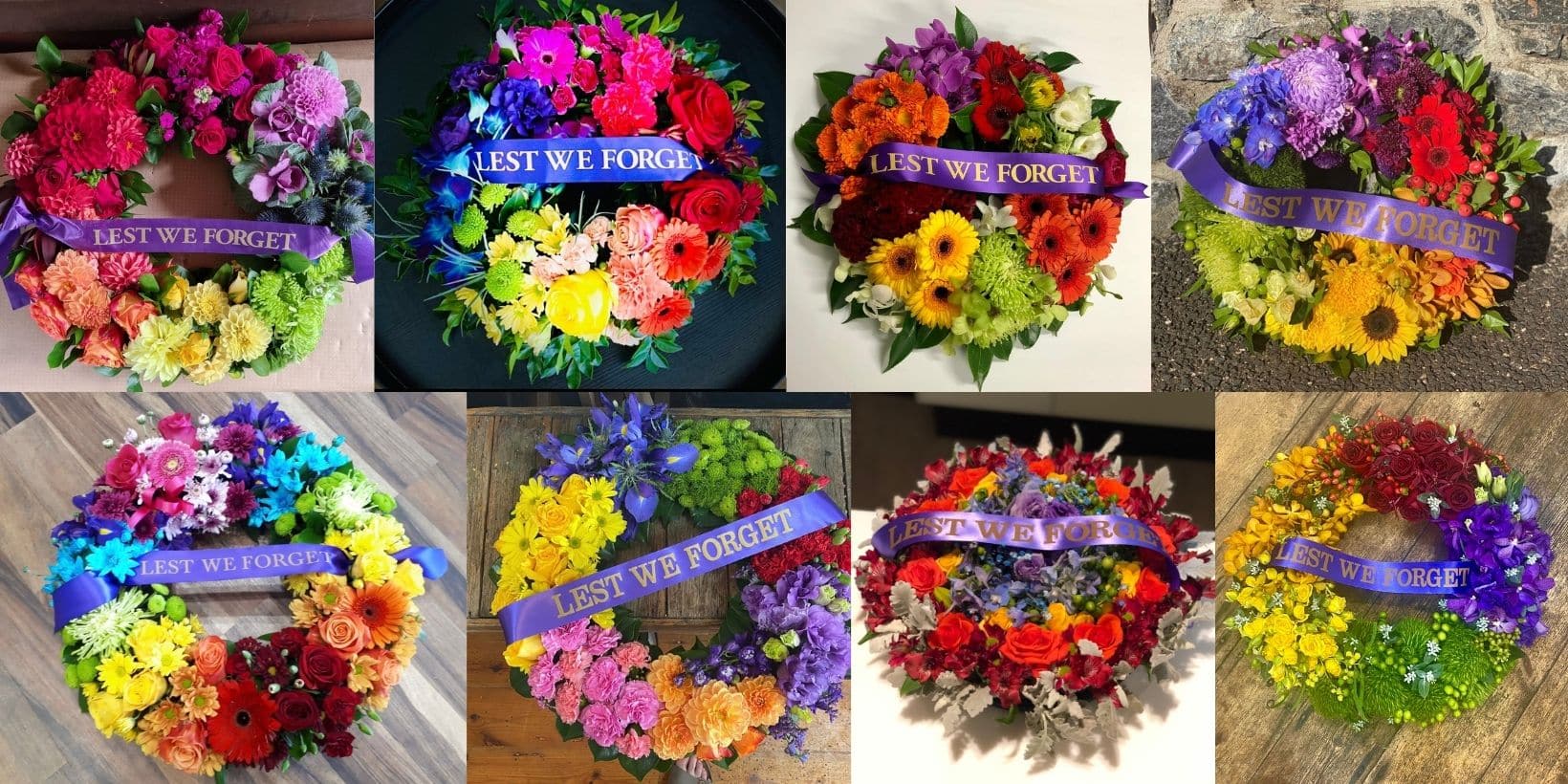Anzac Day is a special day in the Australian cultural landscape where everyone has the opportunity to honour and remember a person, a unit or any group of people who served their country. DEFGLIS honours the sacrifice of all those who have served to defend the country in war and peace.
The changing nature of Australian society has led to the evolution of Anzac commemorations over the past hundred years, reflecting our collective understand of national service. Different communities within Australia have developed their own traditions and practices, most notably recognizing multiculturalism, to honour their families’ and friends’ contributions to our nation, particularly in the post-Vietnam era.
Historians have pointed out that Chinese, Aboriginal, Eastern European, Jewish, and Pacific Islander people were all represented among the Anzacs, therefore the archetypal Anzac legend being a bronzed, white male larrikin may be limited in its scope, and we should not overlook the contribution of all the individuals and groups who served. While we maintain justifiable pride in this figure of legend, he does not represent the full breadth of identities that contributed to the defence of Australia.
Over the years, it has been the evolution of Anzac Day that has led different groups to seek inclusion in the Anzac mythology because of what it means to be Australian. Incorporating “new” identities into Anzac legend has not always been easy because it has required acceptance and capacity within Australia’s collective compassion to recognise the diversity of the original Anzacs, as well as the growing diversity of the current Australian Defence Force.
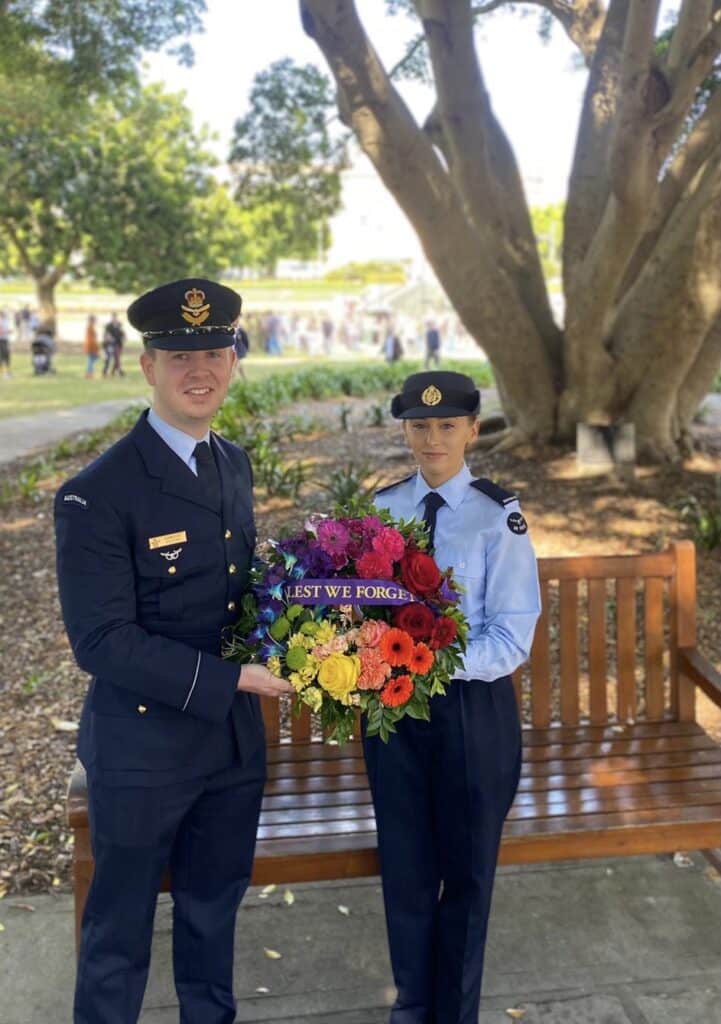
In the Second World War and more recent conflicts, we have seen an even greater diversity of service members; including a growing number of women.
Today, Defence Senior Leadership educate the Australian people about the benefits of a diverse and inclusive workforce today. Chief of Air Force Air Marshal Mel Hupfeld asserts that diversity is a method of enhancing Defence’s combat effectiveness.
‘We must develop our people. This means professionalisation, increasing our diversity and drawing from our whole population.’
‘Our capabilities are potent and effective because our people are talented, skilled and trained to the highest standards, the critical asset to achieve the edge.’ Hupfeld said.

An inclusive approach — that doesn’t mandate invisibility of certain veterans — honours the rich diversity of veterans that should stand alongside the stereotypical Anzac hero in the minds of the public. Invisibility is damaging, because Anzacs have always come from all walks of life, and it is a disservice to their memory to pretend that they were all one and the same. Sentiments to make LGBTI people invisible have caused substantial damage having driven people out of families, out of textbooks, out of history and out of Defence.
Commemoration of LGBTI service personnel was a difficult journey with some seeking to make that service invisible. Representatives from Gay Ex-Services Association were prevented from placing a wreath at Melbourne’s Shrine of Remembrance during the public wreath-laying on Anzac Day in 1982. The card accompanying the wreath read: “For all our brothers and sisters who died during the wars.” The ex-servicemen were led away by police that year, for the last time.

DEFGLIS renewed the practice of wreath-laying in 2015. As many associations decorate their wreaths with symbols of those who served, rainbow flowers adorn our wreaths to represent the diversity of those who served.
Various associations that help honour the many different groups of personnel that have served our nation and remember their fallen members. As the association representing LGBTI service personnel and their families, DEFGLIS lays rainbow wreaths on Anzac Day to pay respects to all who served, past and present, and to honour with pride the LGBTI service personnel among them.
Supported by an ANZ and Sydney Mardi Gras Community Grants, this year Rainbow Wreath services occurred in 11 locations around Australia, including Brisbane, Newcastle, Sydney, Wollongong, Canberra, Colac, Melbourne, Daylesford, Adelaide, Perth and Darwin. Participating for the first time, Michael Slicker was honoured to lead the ceremony.
“It was an incredible opportunity to bring the community together through a shared, respectful commemoration,” said Slicker.
Yvonne Sillett, co-chair of the Discharged LGBTI Veterans Association laid a wreath in her hometown of Daylesford and said the Rainbow Wreath project has special meaning for those who served prior to the inclusive policies of today’s ADF.
“It is important to remember every member that has served and made the ultimate sacrifice for our country, we can only imagine how many of our veterans from years gone by were LGBTIQ.”

DEFGLIS participates in Anzac Day because this day is important to all Australians. It is a day where we can celebrate our shared values as Australians and be proud of who we are. Wreath-laying is an activity that seeks to recognise all who served. We do not know who they all were, but they don’t deserve to be forgotten. The rainbow wreaths placed by DEFGLIS incorporate respectful commemoration of LGBTI personnel who served, and recognition about the effects that national service had on them and their families.
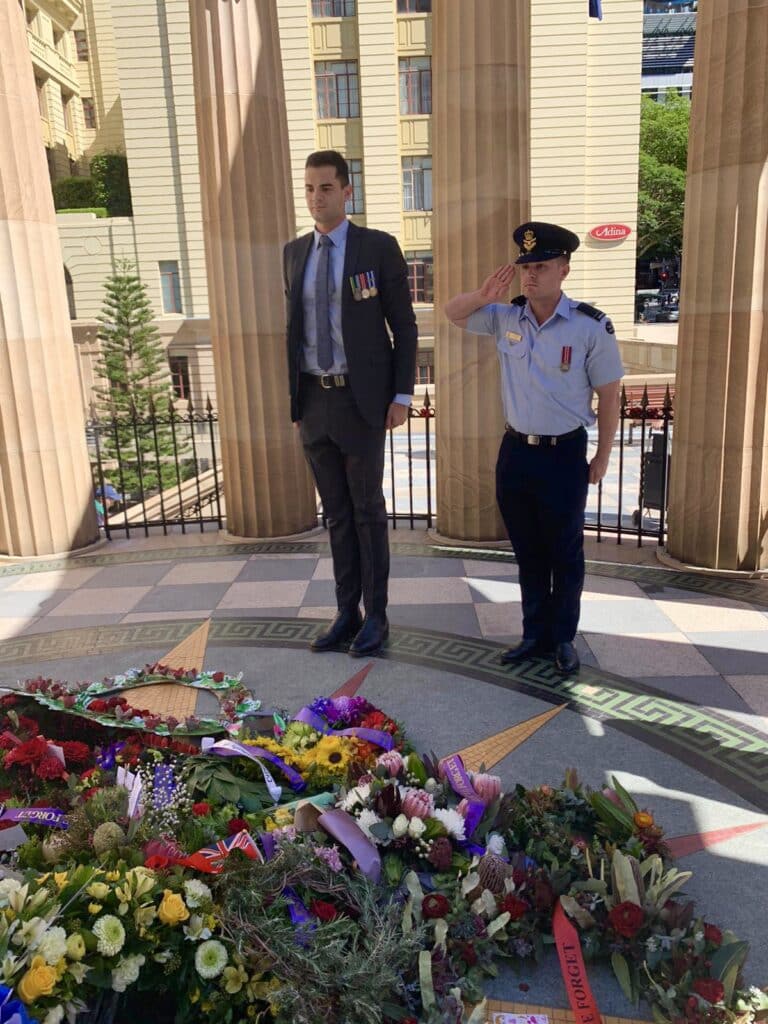
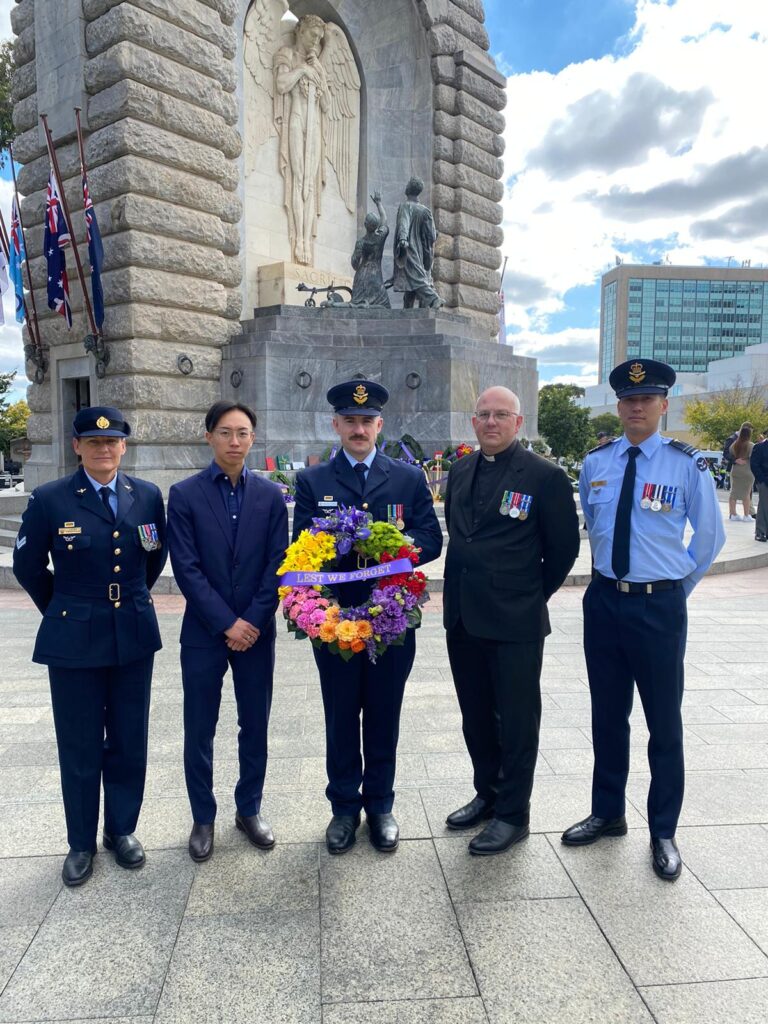

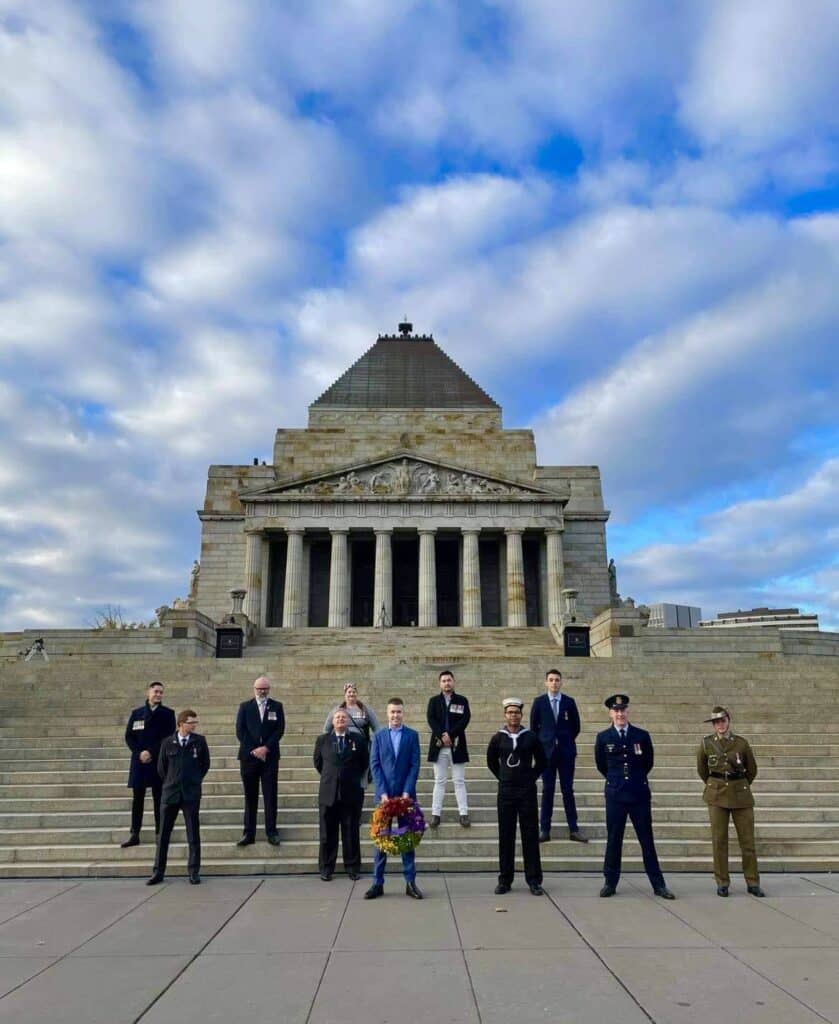
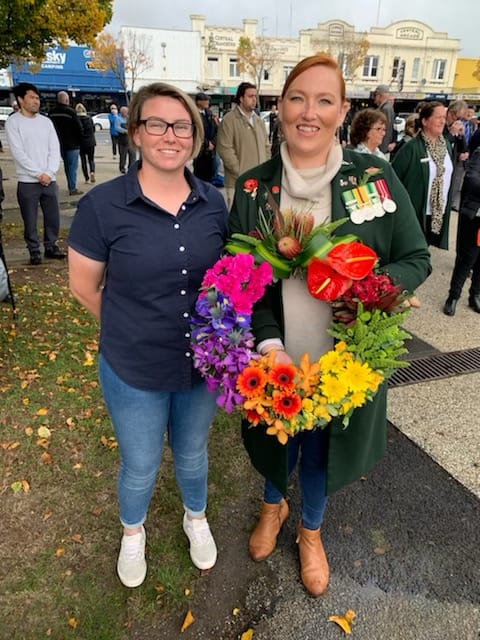

Images courtesy of DEFGLIS – Rainbow wreath services in Newcastle, Sydney, Darwin, Brisbane, Melbourne, Colac, Daylesford, Adelaide.
